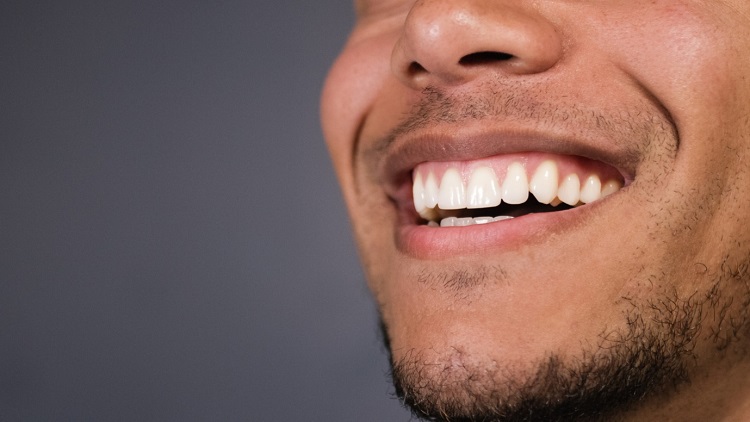So, your teeth straightening treatment is over, you have a beautiful smile, now what? Well, once that part is over you’ll require a retainer. Retainers are a necessary part of your teeth straightening treatment, and you can’t really avoid them.
It would be wonderful if you could get braces or Invisalign and never have to worry about anything else. Unfortunately, that’s not reality.
But did you know there are different types of retainers after braces? That’s right, you have a choice in the type of retainer that you wear once your treatment is over. Continue reading below to learn more.
What Is a Retainer?
When you get braces or Invisalign, they do a wonderful job of giving you a gorgeous smile. But it’s your retainer’s job to maintain it. Without a retainer, your teeth could slowly drift back to their original position.
Essentially, retainers are used to ensure that the time and effort you put into straightening your teeth aren’t lost. Not only that, but the length of time that you wear your retainer depends on how severe your teeth were at the start of treatment, and how long your treatment lasted.
If you wore traditional braces, you will likely get a retainer right after your treatment ends. Your orthodontist will adjust your retainer every few months or years—depending on often your teeth require it. Usually, the retainer adjustment schedule falls into one of the categories below:
- Every month
- Every quarter
- Semi-annually
- Once per year
- Once every two years
Your orthodontist will map out a schedule for you, and you’ll only have to come back to them for an adjustment. Unless your retainer breaks or your teeth shift unexpectedly.
The Different Types of Retainers After Braces
After you get braces, there are multiple retainers to choose from. Here are the various choices:
A Fixed Retainer
A fixed retainer includes a small wire connected to the back of your front teeth. The wire is hidden, so you don’t have to worry about looking as if you still wear braces. When you go to visit the orthodontist, they’ll remove your retainer and replace the wire for you.
One of the benefits of a fixed retainer is that you can put it in and not have to worry about it. Since the wire fits behind your teeth, it’s not noticeable.
On the downside, fixed retainers are more difficult to clean and floss around. Much like you had to do when you wore braces, you’ll need to use interdental brushes to clean your teeth.
Hawley Retainer
Unlike fixed retainers, these types of retainers after braces are visible. The Hawley version consists of wires that cover the front of your teeth and cling to the back of the teet. They also include a plastic cover that goes over the roof of your mouth.
However, the good thing about this type of retainer is it’s adjustable and very durable.
On the other hand, they’re not attractive, and the metal wires are visible. Not only that, but the plastic portion is uncomfortable and touches your tongue.
Clear Retainer
This option is known as Exxis retainers. They look similar to Invisalign trays. Once you’re straightening treatment is over, your orthodontist will take an impression of your teeth.
Next, they’ll create retainers based on the mold of your mouth. Clear aligners must be worn every day and night after your orthodontic procedure is complete. Generally, you can switch to nighttime only wear once you’ve reached three months of post-treatment.
The advantage of clear retainers is that they cover all of your teeth, which means every tooth is able is remain in place.
Furthermore, most people who choose clear retainers also had Invisalign treatment. Therefore, wearing their retainers isn’t a big adjustment. Not to mention, they’re clear, so there’s no awkward wiring or tough plastic to deal with.
On the flip side of things, your teeth might move out of position if you don’t wear your clear retainers. Also, they could affect the way you speak within the first few days of wearing them. You might notice that you have a slight lisp.
Lastly, clear retainers are less durable, and you have to replace them more often.
How to Maintain Retainers
Once your teeth-straightening treatment is over, your orthodontist will give you instructions on how to care for your retainer. Much like your natural teeth, you must clean your retainer.
By doing so, you’ll have fresher breath and your retainer will be free from bacteria. A regular toothbrush should be fine to use on your Hawley and fixed retainer.
On the other hand, brushes are too harsh for clear retainers. You have to keep them in an approved cleaning solution for an hour or so to allow them time to get clean.
Also, as you’re taking care of your retainers, don’t forget to also take care of your teeth. Be sure to brush twice daily and floss.
Do you have a child that needs dental care? If you do, check out Just 4 Kids Teeth to learn more about their dental services.
The Best Retainer for Your Teeth
Since there are different types of retainers after braces, you have to be smart about the one that you choose. Obviously, you’re not a dentist, so speak to your orthodontist to learn which option is best for you.
To read more content like this, check out more of our website and share this post on your social media accounts.
 HammBurg Be informed with latest news, reviews, entertainment, lifestyle tips, and much more.
HammBurg Be informed with latest news, reviews, entertainment, lifestyle tips, and much more.



